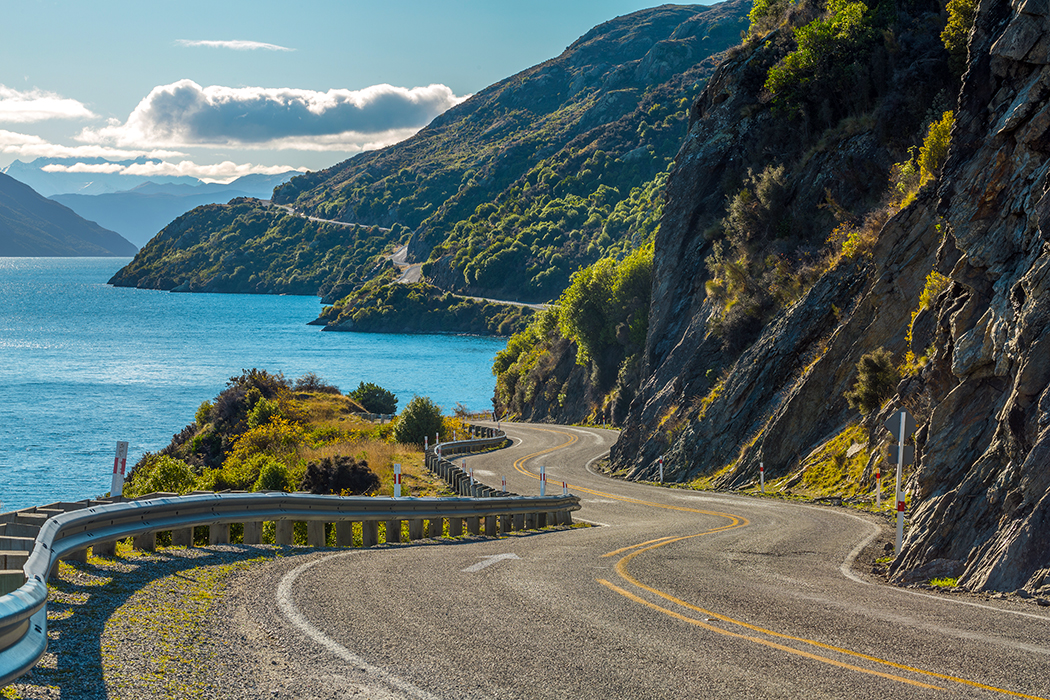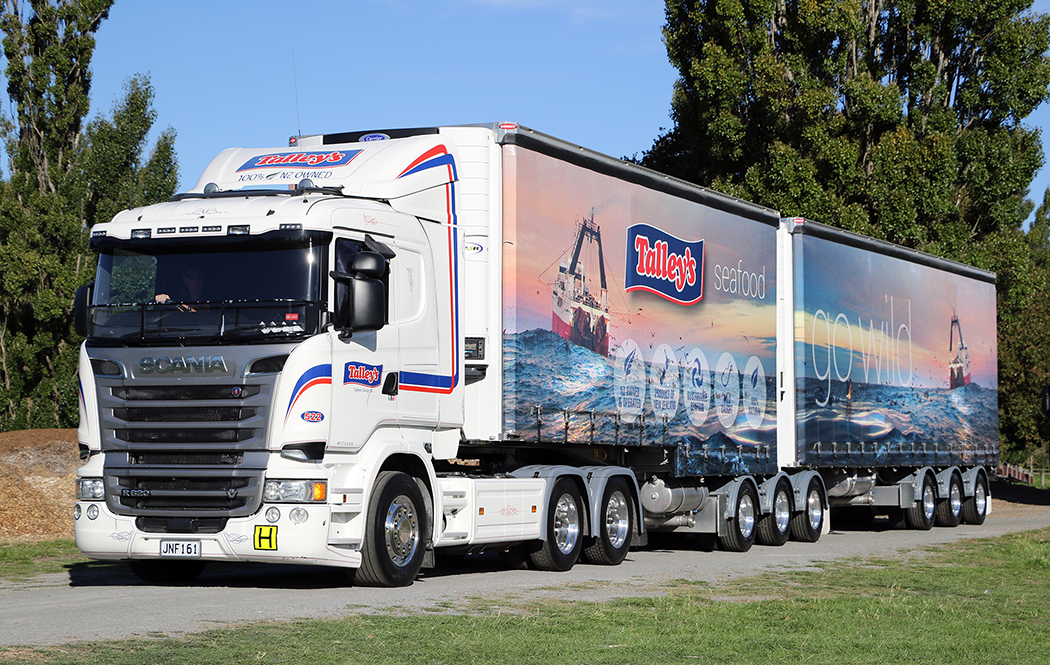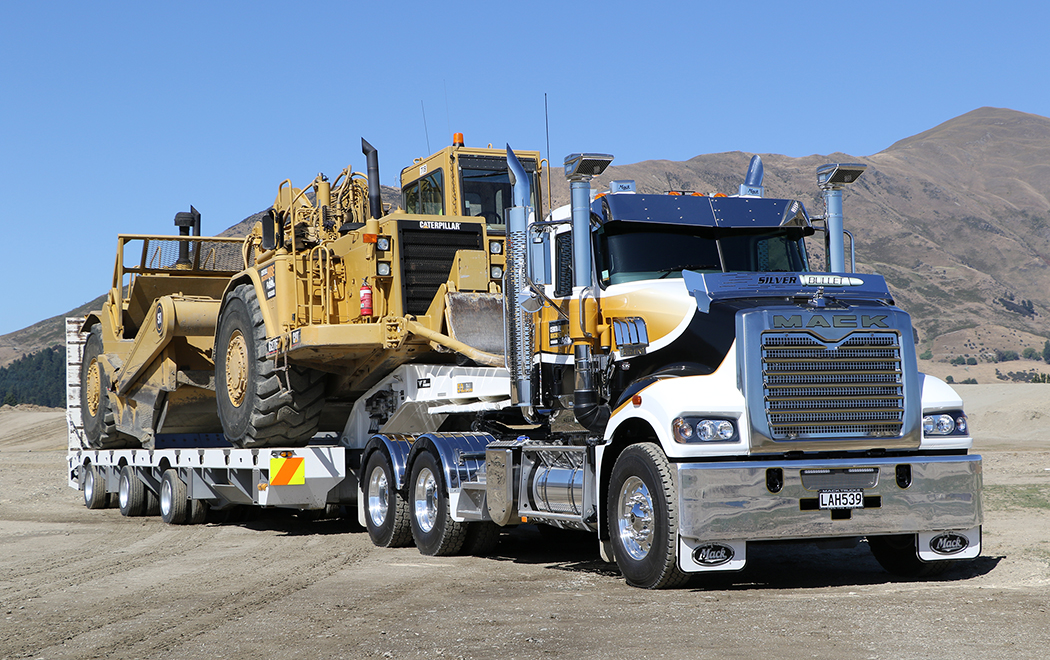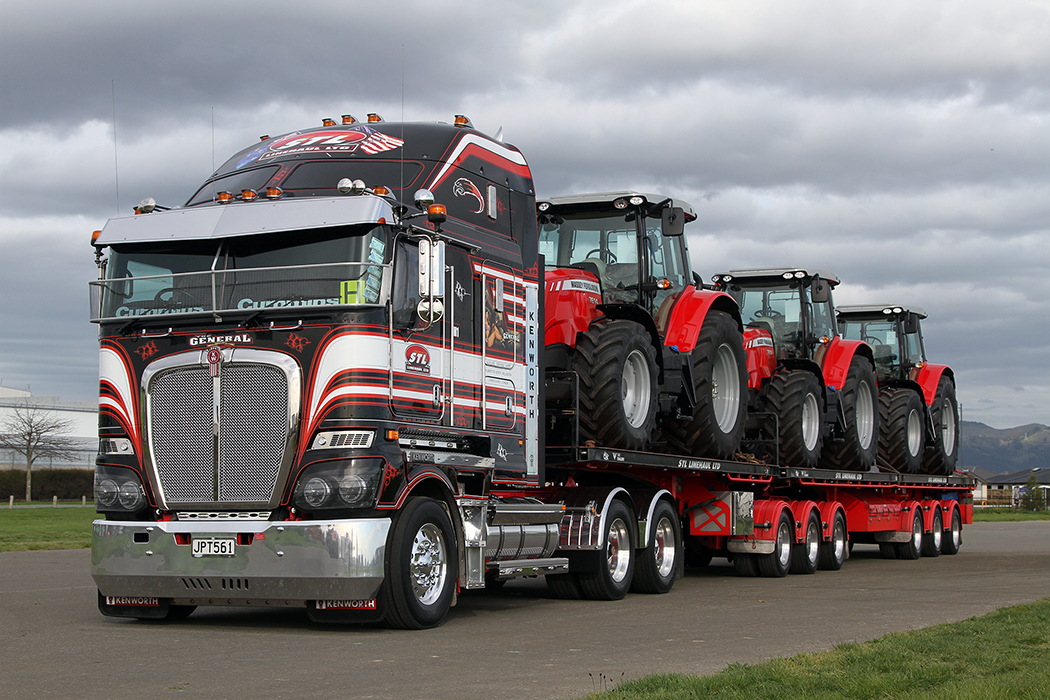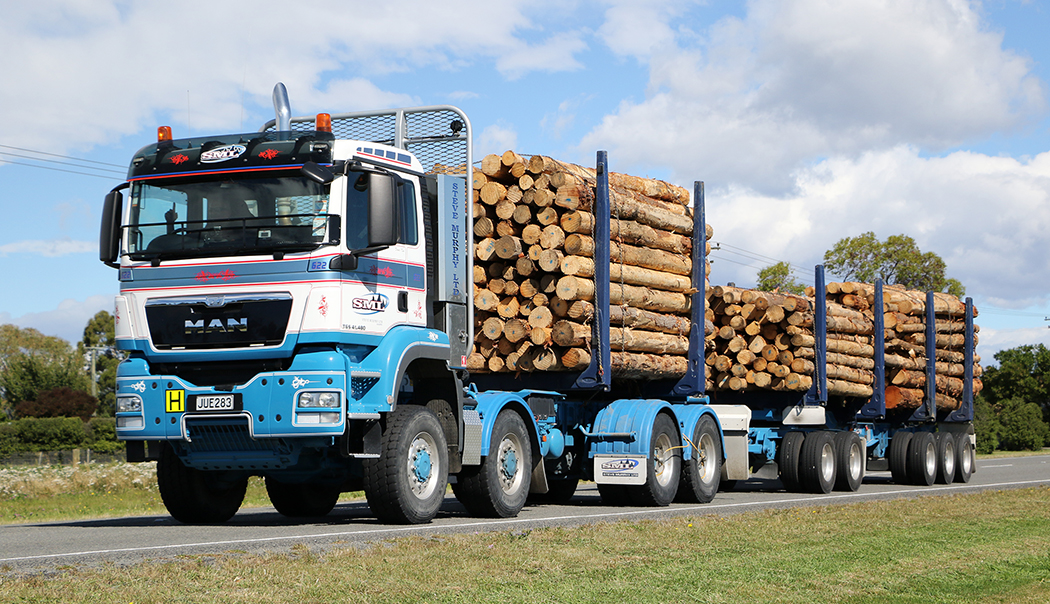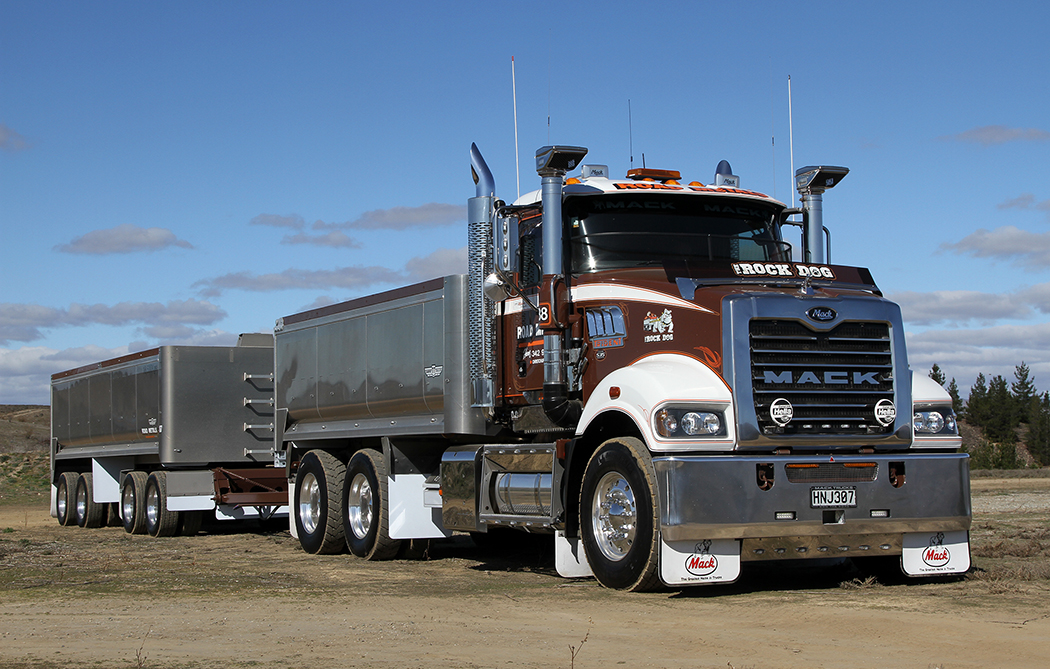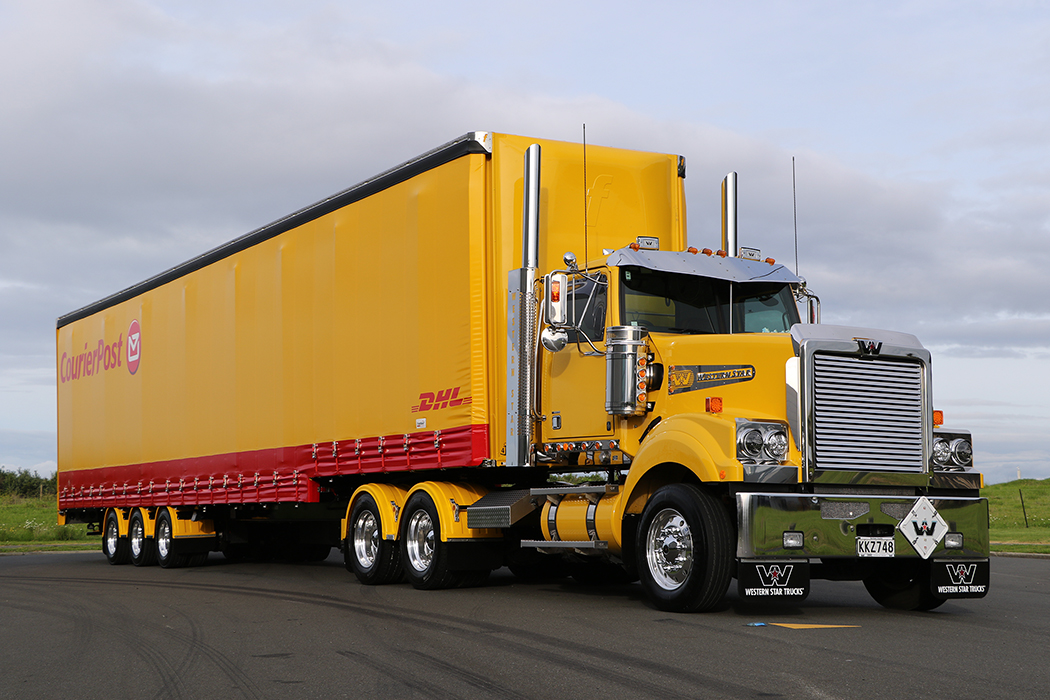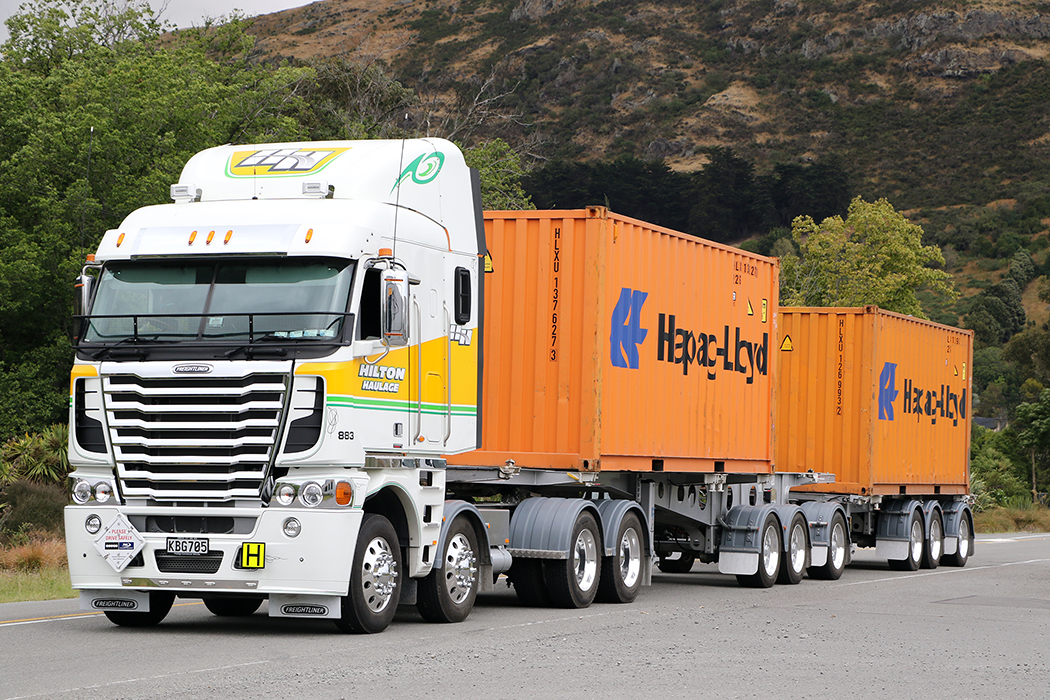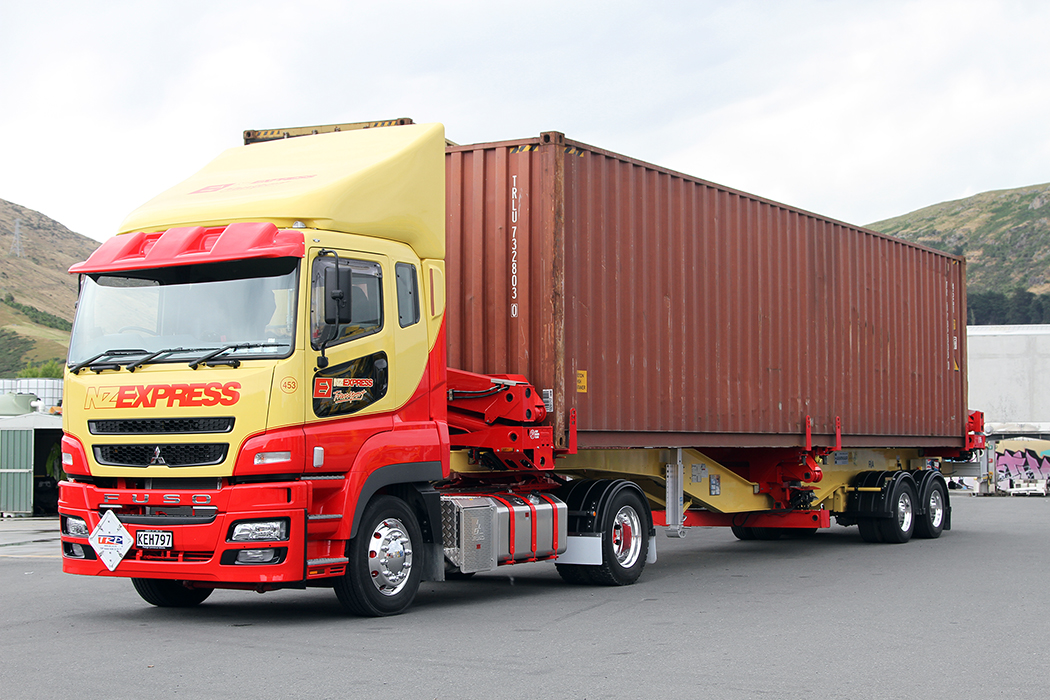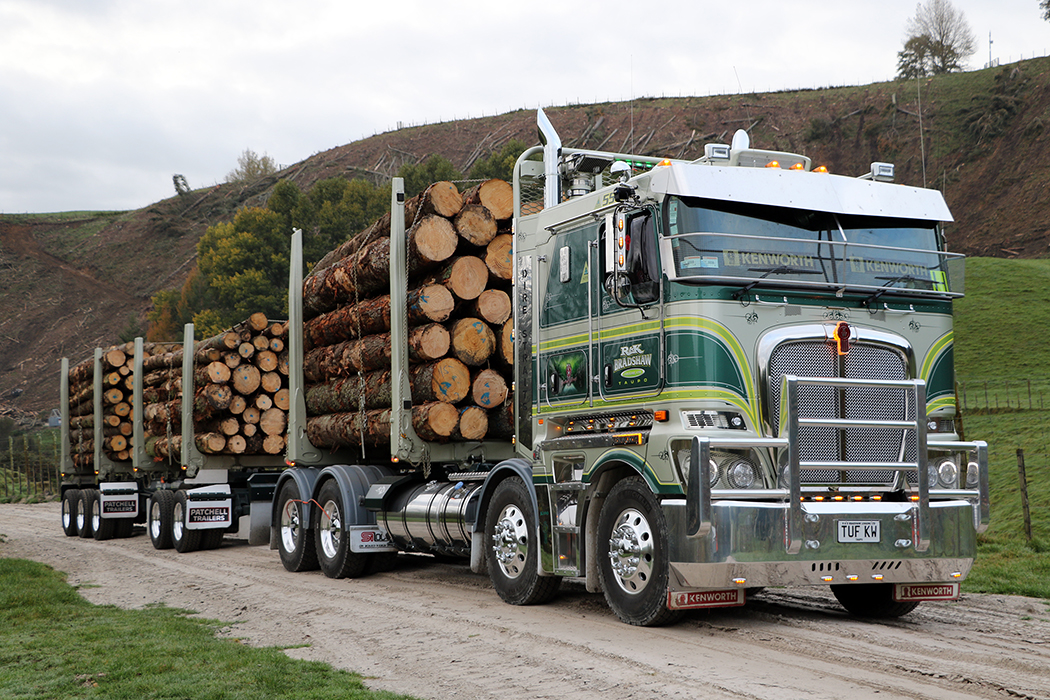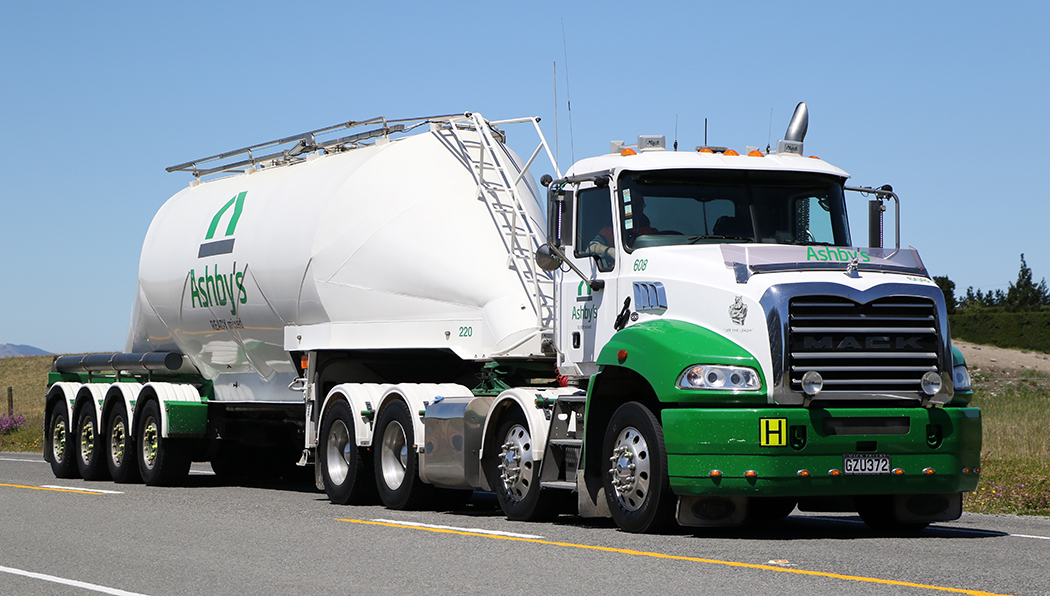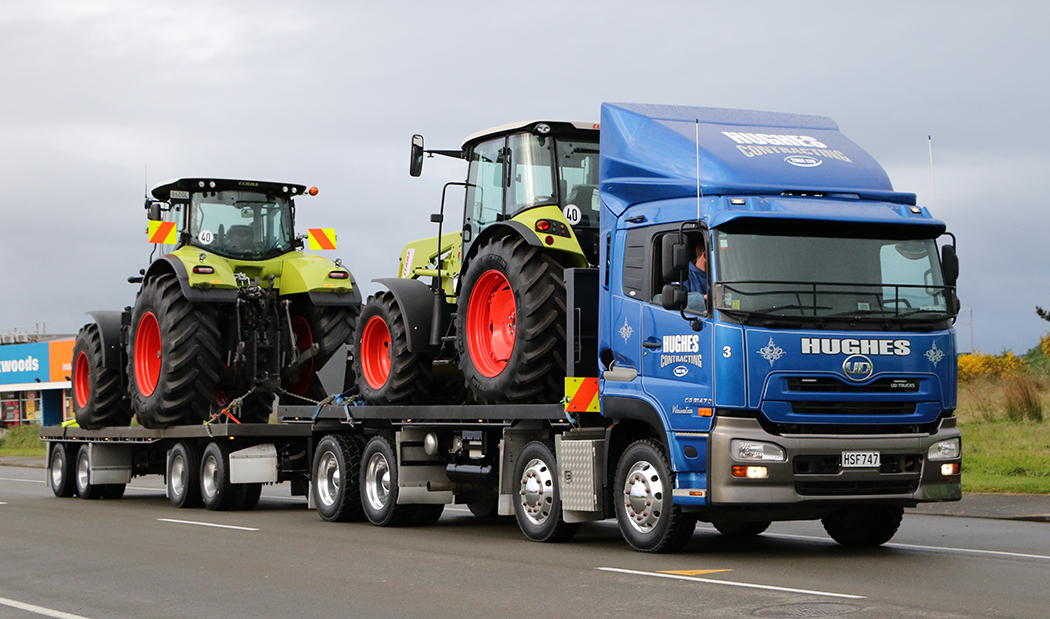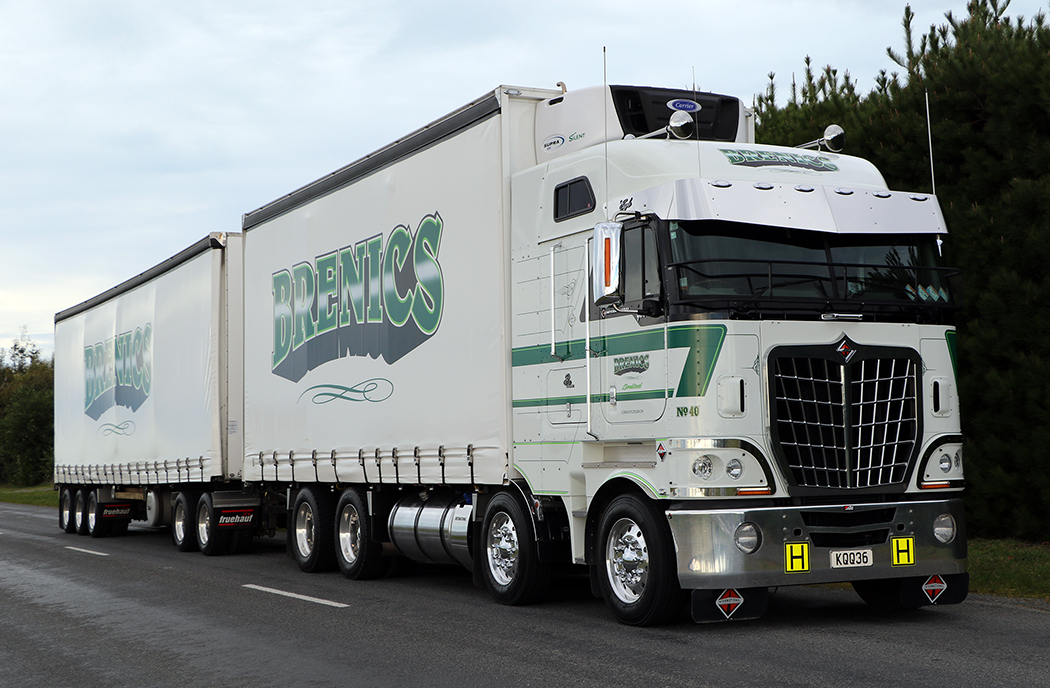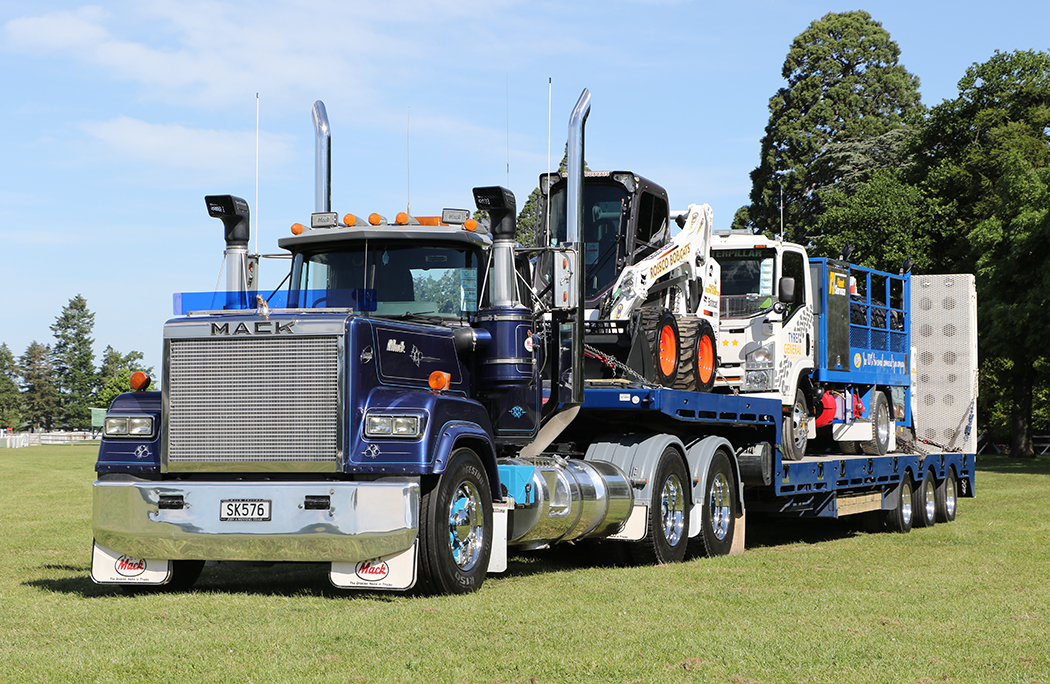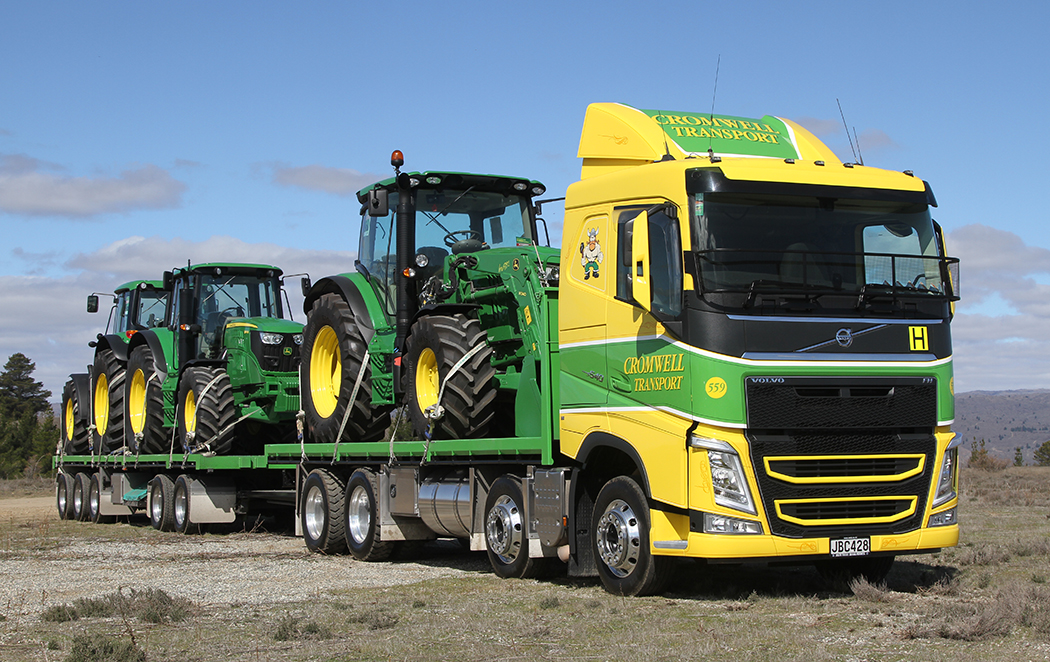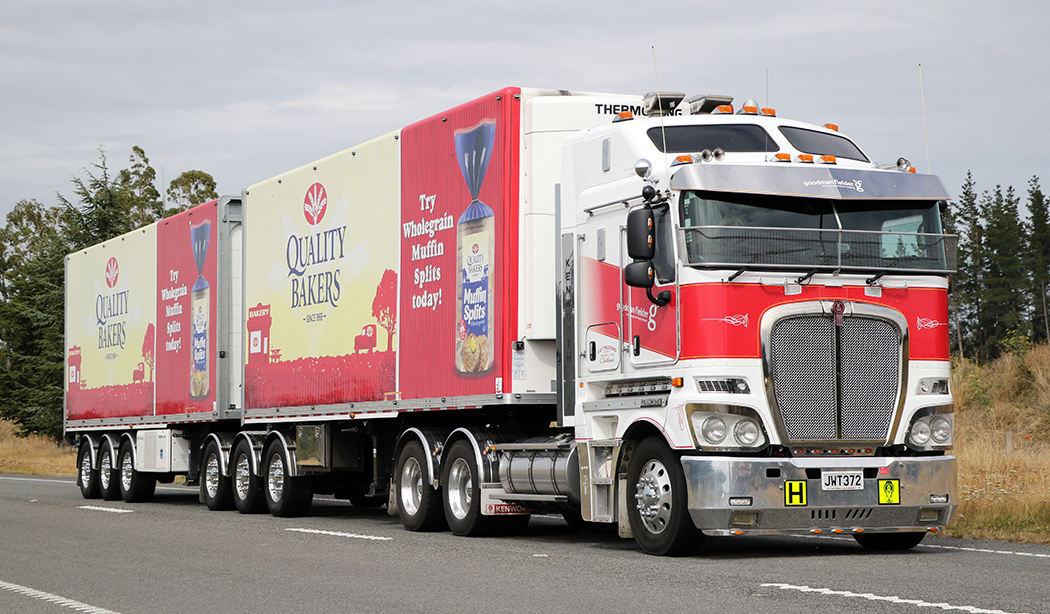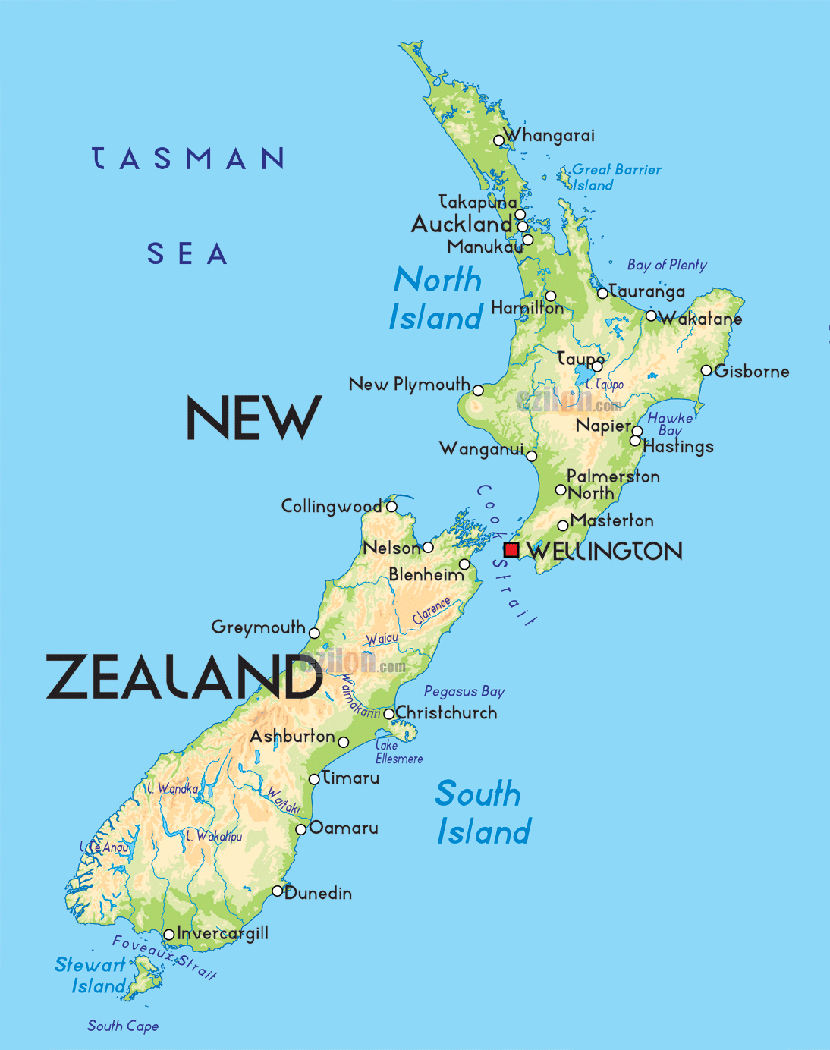New Zealand is the land of the flightless Kiwi bird, stunning scenery and an extremely diverse range of trucks! With a human population of approximately 4.7 million, there is no point in the country that is more than 79 miles from the sea. New Zealand covers 103,798 square miles, roughly the size of the state of Nevada, however it is long and narrow, not square (1,000 miles long and 200 miles across at its widest point). Situated approximately 900 miles east of Australia, across the Tasman Sea, the country is made up of the North and South islands, which are separated by a stretch of sea called Cook Strait.
When it comes to the transportation of freight between the islands, a ferry crossing of three hours is needed from Wellington (the nation’s capital), which is at the bottom of the North Island, to the small picturesque port of Picton, which is located at the top of the South Island. The ferries carry a mixture of passengers, cars and trucks.
In 2016 the Kaikoura coastline (which is part of State Highway One south of Picton) was severely affected by a major 7.8 magnitude earthquake which pushed the seabed up over six feet and caused multiple rock falls. This meant the traffic had to use the inland road, which includes the Lewis Pass, adding a further two hours traveling time between Picton and Christchurch. This created all sorts of problems for transport companies due to logbook rules.
A driver in New Zealand can work for a maximum of thirteen hours, but this must be followed by a break of ten hours. Companies in Christchurch often take trailers or complete units to the ferry to swap with a unit that has arrived from the North, which was easily achieved before the earthquake. Driving the inland road put the drivers over their allotted hours, so different strategies had to be put in place to combat this. State Highway One has now been reopened, much to the relief of the transportation industry, but is still experiencing many problems with rock falls due to rough weather and aftershocks in the region.
The country has a lot of mountainous terrain, with elevated roadways, which makes for difficult conditions behind the wheel at certain times of the year. On the North Island, the Rangipo Desert Road, which is a single lane in both directions (like most of the country’s roads), is surrounded by a bare landscape situated on a volcanic plateau that is east of the three active peaks of Mount Tongariro, Mount Ngauruhoe and Mount Ruapehu. Driving through the “desert” (as the drivers call it) can provide its own set of challenges that often include snow and ice during the winter months that can close the road from time to time.
The South Island is dominated by the stunning Southern Alps mountain range, which runs nearly the length of the island, at a distance of over 300 miles, northeast to southwest. Traveling in the Southern Alps through the winter months can be very weather dependent due to snow closures on the Lewis Pass, Arthurs Pass and Haast Pass. The Lindis Pass, which is further south, can also be closed due to snow, but isn’t considered one of the alpine passes because it is situated in a dry part of the country.
For the trucking industry, driving these roads can be challenging due to the amount of increased traffic, one-way bridges and tight corners. New Zealand has possibly the most diverse range of trucks in the world, with brands ranging from American, Australian, European and Asian. Here, the cabover is still the king of the road! They also run a wide variety of vehicle configurations, which has expanded in recent years, due to increased weight being allowed through the HPMV system. HPMV or High Productivity Motor Vehicle describes a vehicle that exceeds 97,000 pounds and/or the maximum length dimensions allowed for standard vehicles.
These vehicles will display an “H” sign on the front and rear, depending on the permit, and can be route-specific due to the road conditions in New Zealand, and avoiding structures like old bridges that can’t withstand the increased weight. This has resulted in many companies changing the type of trucks they buy for their fleet. The different tractor unit configurations that are available, along with what type trailer they pull, can make a big difference to the bottom line at the end of the day.
For instance, a container truck which used to tow a three or four axle semi-trailer can now tow a six-axle b-train configuration as a forty-twenty HPMV unit and can carry a forty-foot container along with a twenty-footer, or three twenty-foot containers, as long as the correct weight and length permits are applied.
New Zealand’s logging industry has a storied past dating back to when the native bush was harvested back in the 1800s for ship masts, etc. Timber quickly became the building material of choice for housing, therefore, once the native bush was cleared, Pinus Radiata was introduced, which has thrived (these trees can mature within 25-28 years). Pinus Radiata now dominates the forestry scene, and with a very good replanting system in place – and a healthy demand for export wood – logging looks set to continue for decades to come.
North Island logging is dominated by major mills in Kawerau, Kinleith and Taupo, which are joined by a system of private roads. These roads are home to the giants of the New Zealand trucking scene, with off-highway stem units and log trucks often running over 100+ tons (220,000 pounds). For any trucking enthusiast visiting New Zealand, these trucks are a must-see. On the South Island, the logging areas are a bit more widely spread, with the main areas being Nelson, Christchurch and Dunedin.
New Zealand does have a railroad network, but it has struggled for years under numerous governments. This has resulted in an increased number of trucks on the country’s roads to meet the demands of an expanding population, and the need for goods to now be either delivered same-day or overnight.
Like many countries in the world, New Zealand is experiencing a driver shortage. People these days want to work smarter, not harder, and being on the road six days a week behind the wheel of a truck just doesn’t appeal to the average person. There are positives, though, with women being encouraged more than ever to join the industry.
Convincing young people that truck driving is a great way to make a living is more important than ever, due to some new safety rules in place. Unfortunately, the days of “going for a ride with dad” to learn about the industry is now a thing of the past. But, like in most parts of the world, trucking in New Zealand is more than just a job – it is a lifestyle – and those who want to do it, will!

